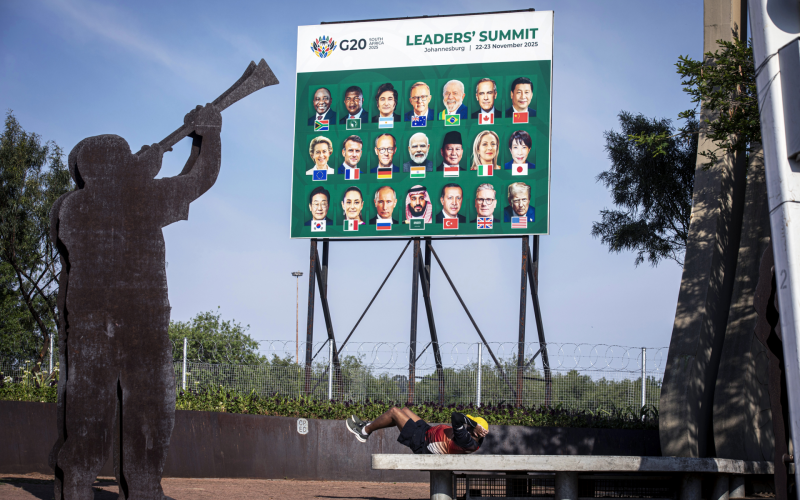Background to the papers
The 21st century has seen the rapid expansion and internationalisation of development finance from emerging market economies. This is in response to the growing need for the financing of capital-intensive projects, such as infrastructure and information and communication technology development. Much of this financing is from national development banks: Brazil’s National Bank for Economic and Social Development (BNDES), the China Development Bank (CDB), the Eximbank of China, the Development Bank of Southern Africa (DBSA) and others are providing increasingly large amounts of finance for development projects both within their own countries and beyond their borders.
In addition, the BRICS countries (Brazil, Russia, India, China, and South Africa) have agreed to establish their own collective New Development Bank (NDB), which is to be located in Shanghai, China. Each of the countries will capitalise this with US$10 billion, (totalling US$50 billion) to finance infrastructure and sustainable development projects. Further, there are regionally based development finance institutions (DFIs) such as the Asian Development Bank (ADB), and the newly created Asia Infrastructure Investment Bank, which China has endowed with US$50 billion. Africa’s own African Development Bank is very active and has recently created a new infrastructure fund – the Africa50 Infrastructure Fund. DFIs are increasingly playing an active role in financing development within countries and across various regions, and this role is likely to grow in future.
With a growing network of national, regional, and international DFIs, it has become pertinent to critically analyse what the impact of this trend will be on a variety of factors: North-South and South-South co-operation, regional integration, international financial co-ordination, and the development of the developing world. In particular, the creation of the BRICS NDB poses a set of questions regarding the role of regional finance institutions and the prospects for sustainable development:
- What was the motivation for the creation of the BRICS NDB?
- Will the NDB and its Contingency Reserve Arrangement represent an ideological counterpoint to traditional DFIs such the World Bank and IMF?
- What impact will the NDB have on the role of national and regional DFIs in the developing world?
- What impact will the NDB have on the urgent need for infrastructure financing in Africa, given the planned establishment of the NDB’s first regional office in South Africa?
The Economic Diplomacy Programme at the South African Institute of International Affairs (SAIIA) has been conducting research on these sets of questions and a broader set of issues relating to the NDB and DFIs generally. This collection of papers represents the collaboration of SAIIA with a number of international partners in the BRICS countries, and in other parts of the developed world. The papers provide a broad overview of the role of regional finance, detailed analysis of the impact of the BRICS NDB on each of the individual BRICS countries’ national and regional development banks, and discussion of issues pertinent to the NDB such as the BRICS Contingent Reserve Arrangement (CRA).
Download the Papers
- BRICS Insights 1: India’s Experience with Multilateral Financial Institutions (341.2 kB)
- BRICS Insights 2: New South–South Co-operation and the BRICS New Development Bank (335.73 kB)
- BRICS Insights 3: The Rise of Development Finance Institutions South Africa, BRICS and Regional Strategy (371.24 kB)
- BRICS Insights 4: National and Multilateral DFIs in Russia and the impact of the BRICS New Development Bank (355.71 kB)
- BRICS Insights 5: Regional Financial Institutions and the Role of the BNDES in Latin America (345.78 kB)
- BRICS Insights 6: BRICS In Their Regions: Exploring The Roles Of Regional Finance (494.52 kB)
- Policy Insights 10: The BRICS Contingent Reserve Arrangement and its Position in the Emerging Global Financial Architecture (76.75 kB)
Note: These papers are short adaptations of full articles scheduled to appear in an upcoming edition of SAIIA’s South African Journal of International Affairs.








